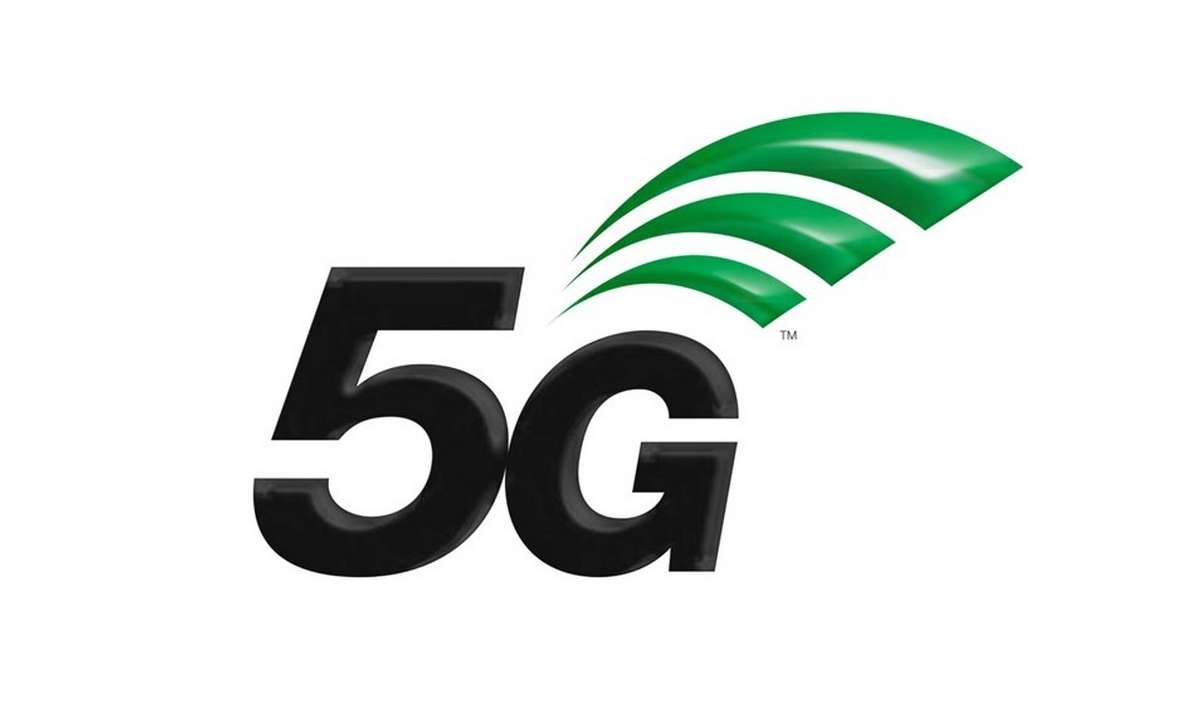Connected customer experience
5G

Definition of 5G
5G is the fifth-generation technology standard for cellular networks. It comes with many individual technology innovations.
The most important innovation is 5G bandwidth and latency improvements which reduce latencies to 10ms and increase bandwidth to max. 10GBit/sec. This is the most visible improvement and this article discusses primarily this aspect of 5G.
Additional 5G improvements are discussed in the following articles of the Software AG Technology Radar:
5G Private Network enables enterprises to build their own mobile network for e.g. factory shop floors, at reasonable cost.
5G Edge offers native edge computing with traffic routing and seamless exposure of 5G (virtual) functions.
5G Positioning Services provide location accuracy of up to 10cm, possible even for indoor use cases.
5G Time Sensitive Networks ensure reliability and low latency by extending factory time sensitive networks to the mobile network.
SCEF & NIDD introduce two new features: Non-IP data delivery (NIDD) reduces air bandwidth by removing the IP header. Service Capability Exposure Function (SCEF) offers a new REST API to access the NIDD data packets and exposes network data to allow IoT applications to do device monitoring among other things. SCEF and NIDD were introduced already before 5G.
Market - current adoption
Many 5G new radio improvements will lead to further adoption of mobile communication. Use cases that previously required fixed-line communication can now be implemented with mobile connectivity.
Like with previous generations (2.5G, 3G, 4G/LET) mobile operators are in the process of upgrading their networks to 5G. That begun on a large scale around 2019 and most urban areas have 5G coverage by now, while the coverage extension is still going on. For more information on 5G rollout worldwide see Wikipedia or [1].
Relevance for IoT
Improvements like bandwidth and latency improvements can be utilized automatically by IoT applications: The communication of IoT devices to IoT platforms is nearly always IP based and consequently 5G improves all related IP IoT traffic. Note that many IoT use cases work well with existing 2G, 3G or 4G performance.
Some new use cases are possible or become easier, e.g. Augmented Reality (AR) or remote service offerings for smart products using screen sharing or video.
Market – Outlook
Of course, IoT devices need to be upgraded with new 5G-enabled modems to take direct advantage of 5G capabilities. The number of overall devices connected to the internet is expected to be 29,3 billion in 2023 (Cisco) and 65 billion by 2026 (study). With regard to 5G, 116 million 5G devices are expected by 2026 (Juniper Research). That would be 0,17% of the estimated overall device count.
Although estimations vary, it is clear that only a very small fraction of devices will support 5G. With other words, 5G is not a key contributor for IoT growth in the foreseeable future. 5G powered devices offer a solution where specific 5G capabilities are required, not more and not less. Because 5G modems will likely stay more expensive than older generation modems for some time, the business case for an upgrade needs to be calculated on a case-by-case basis.
